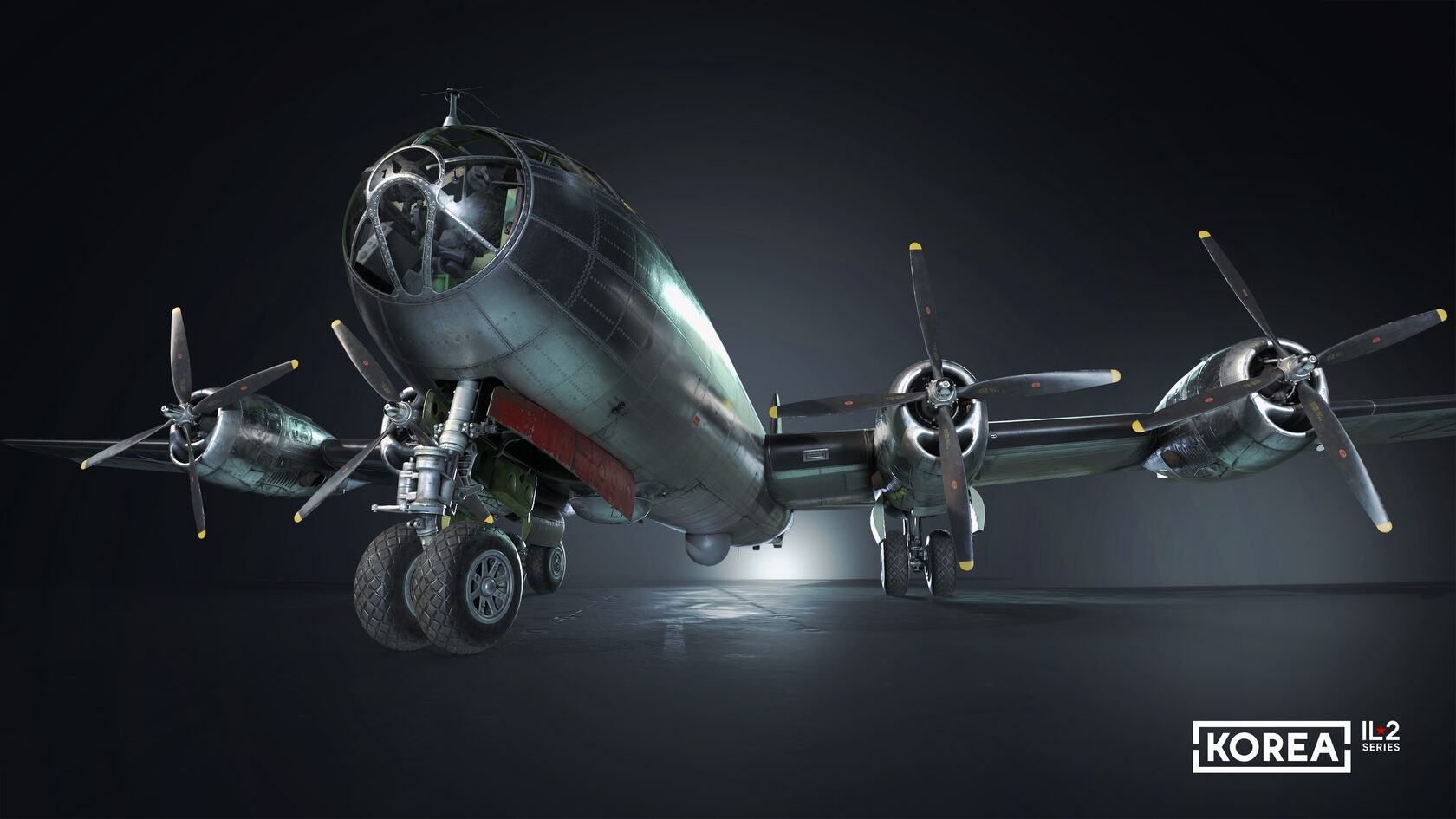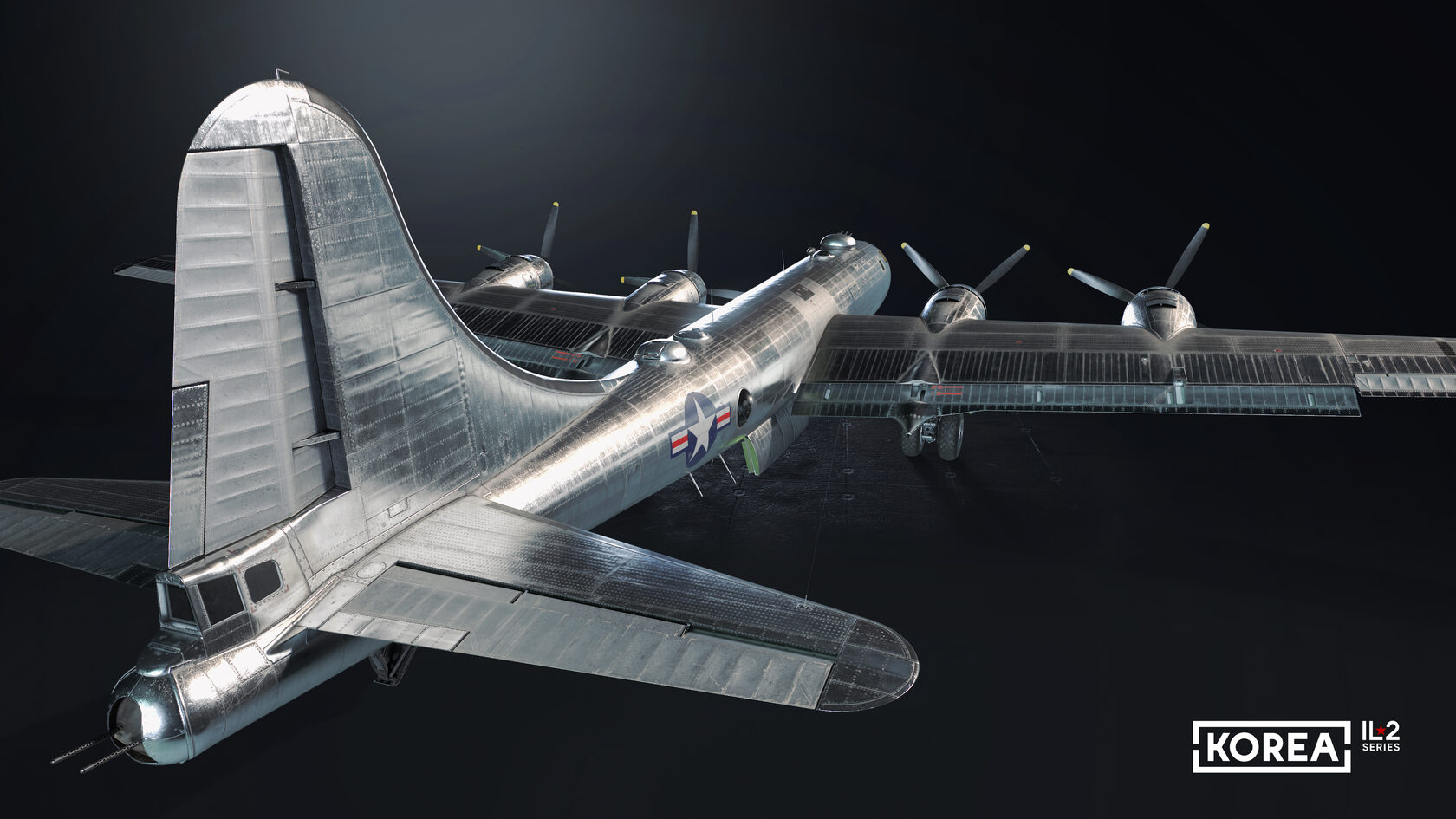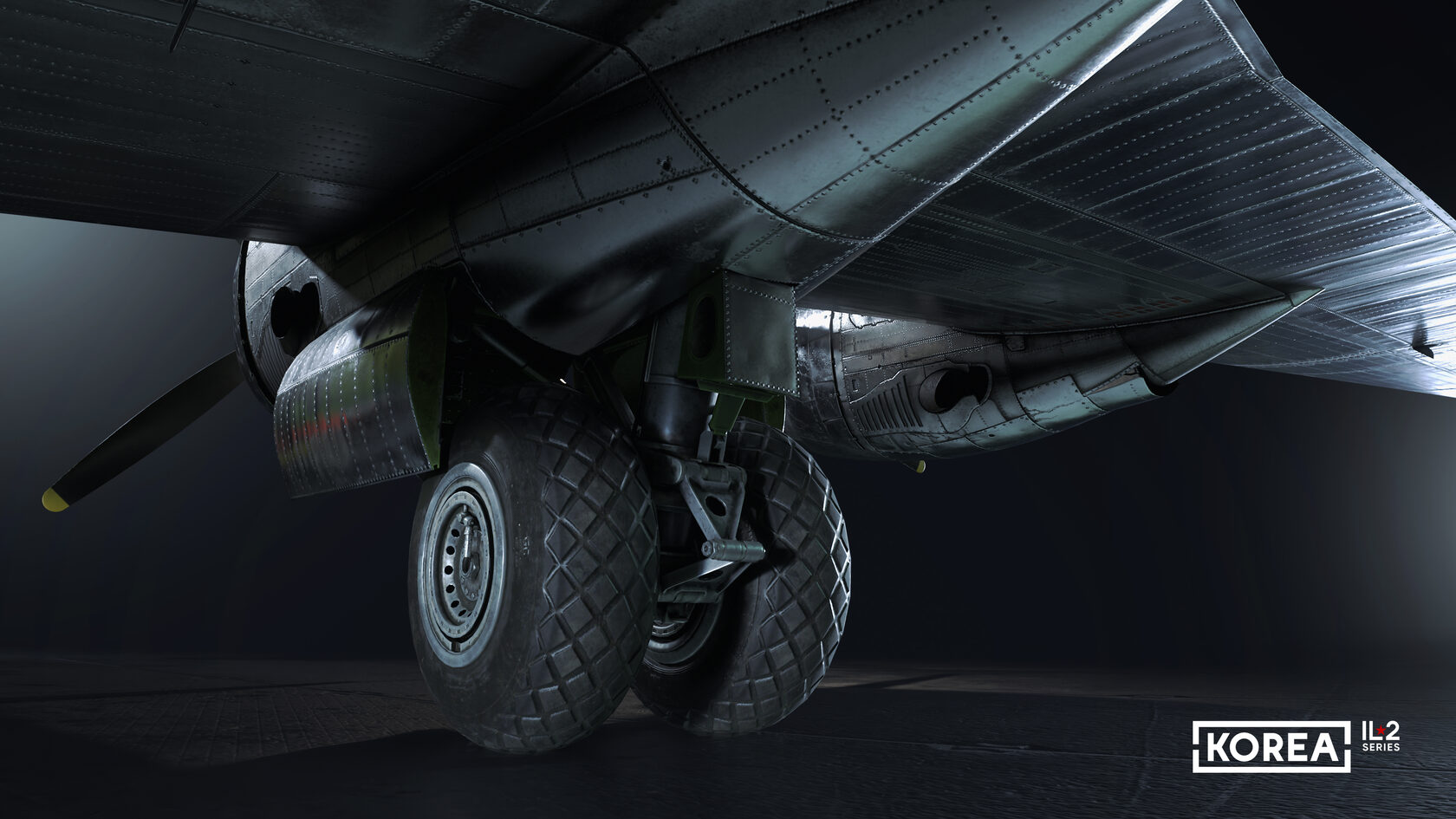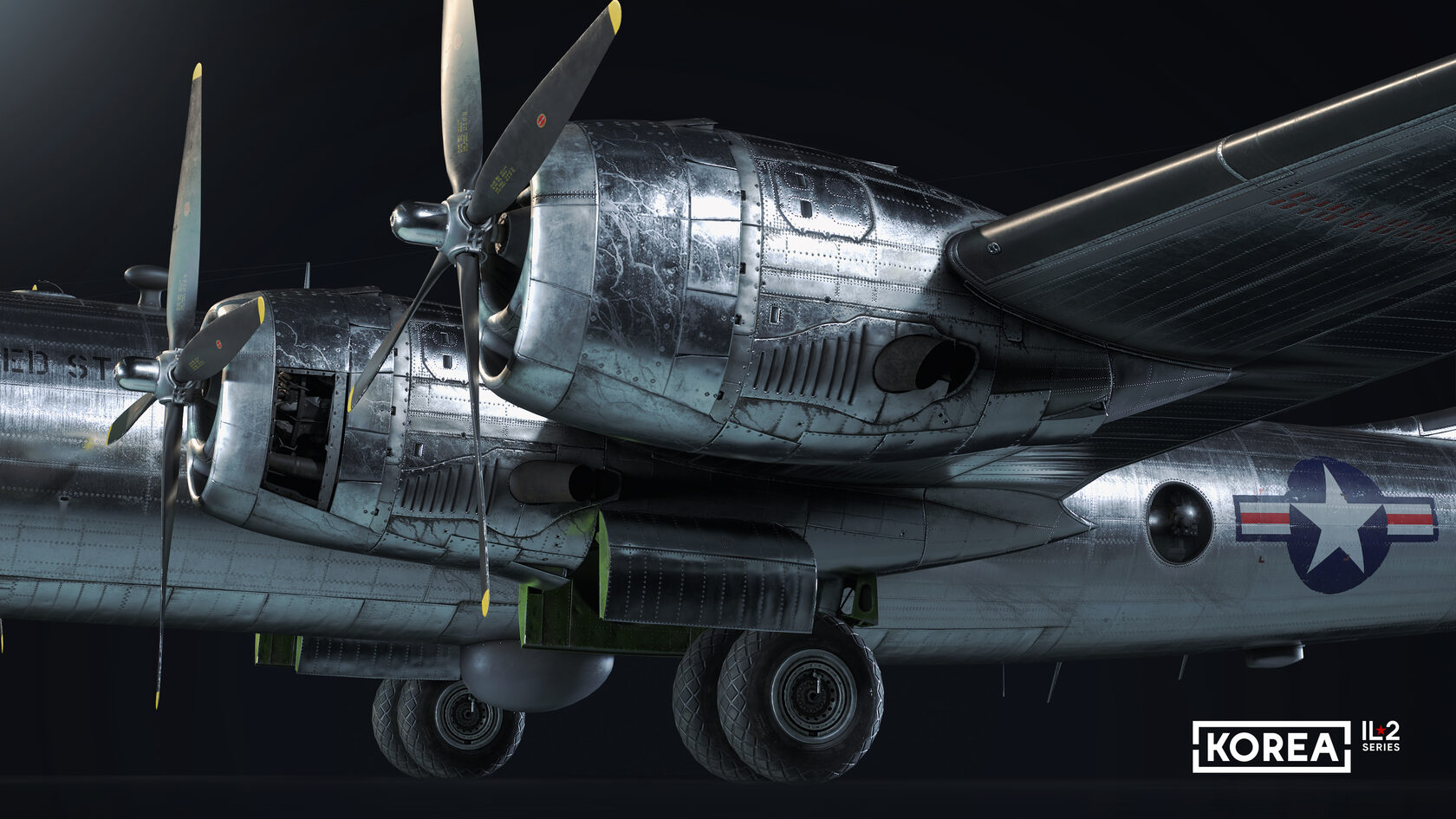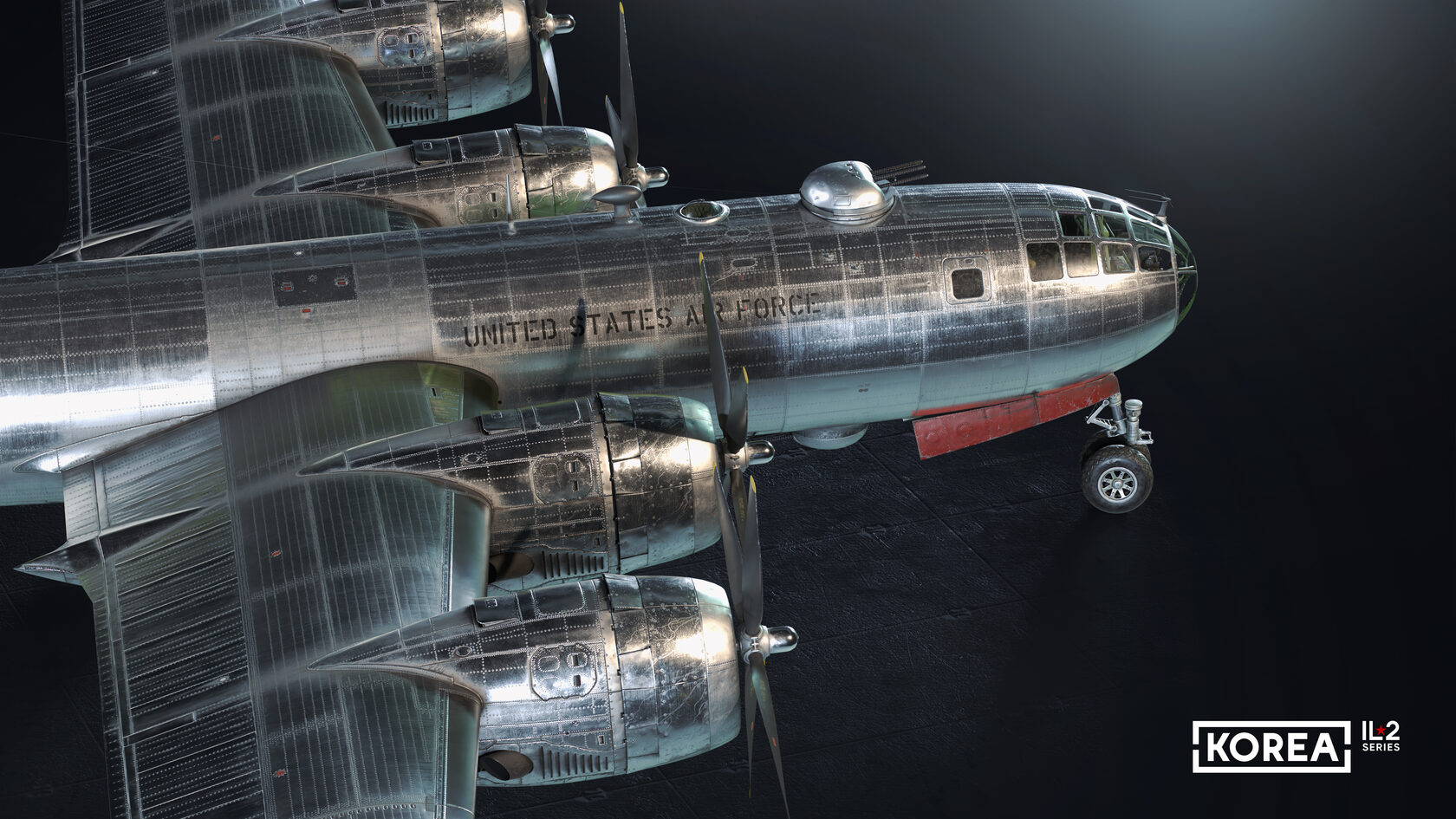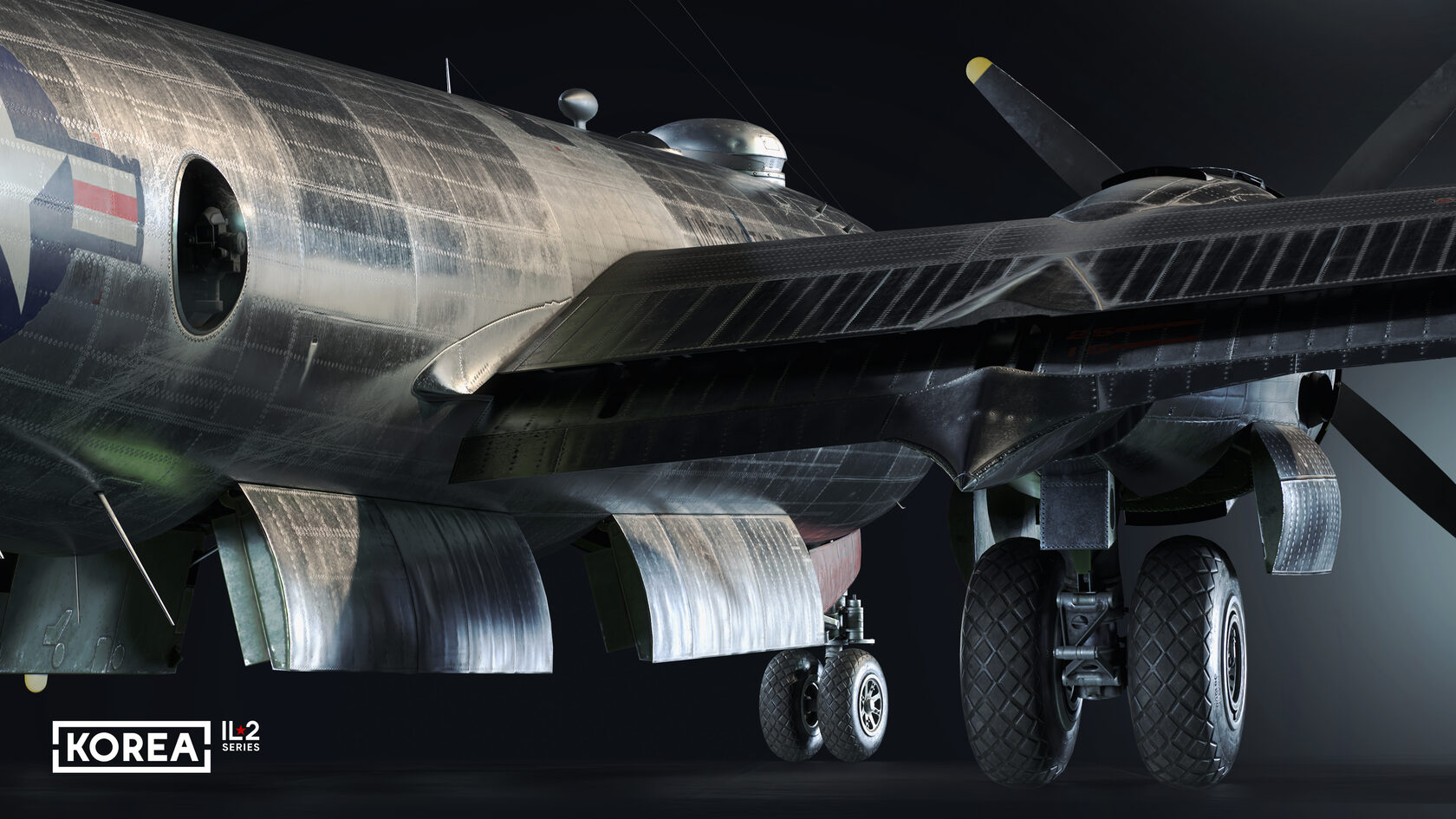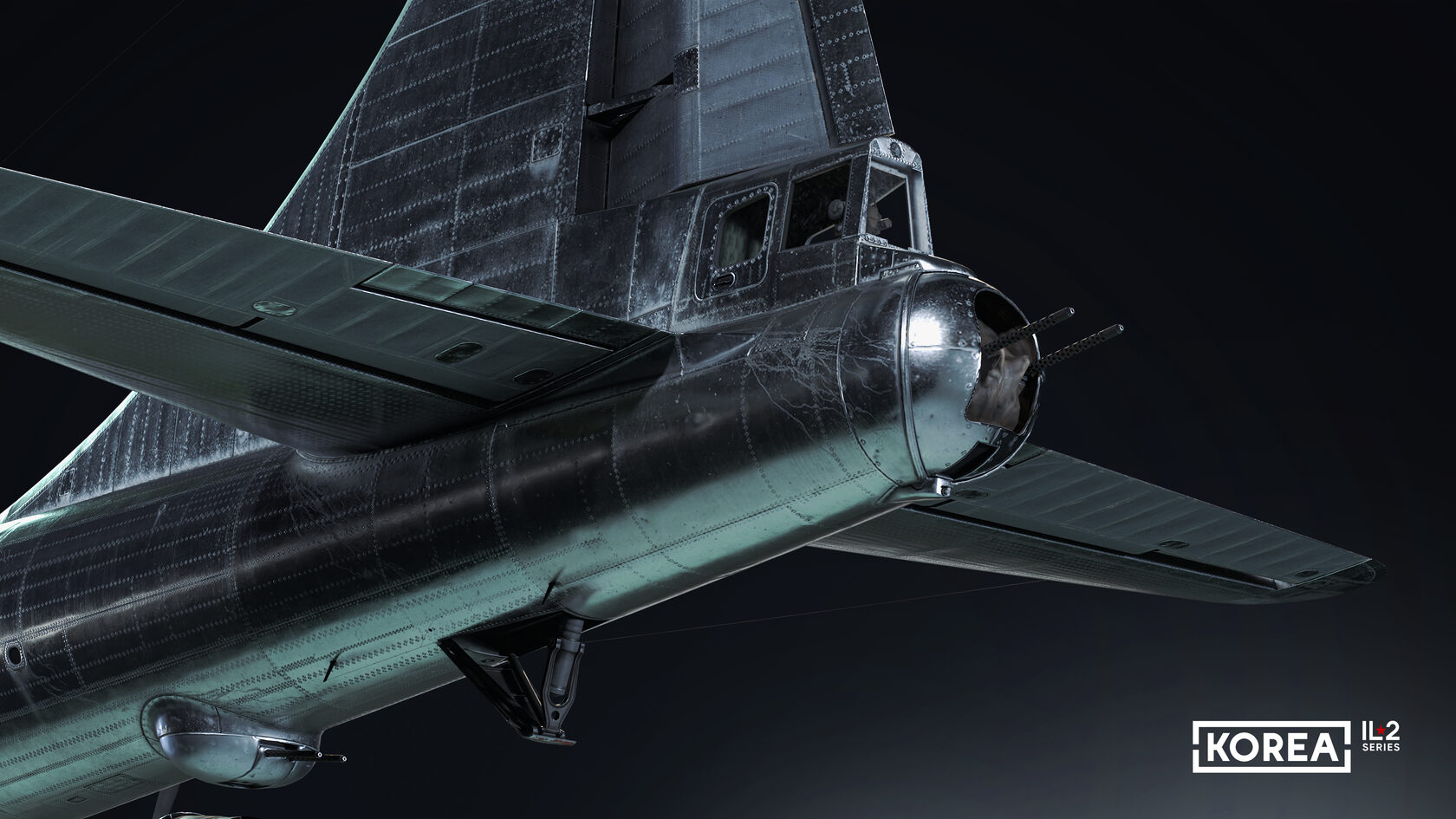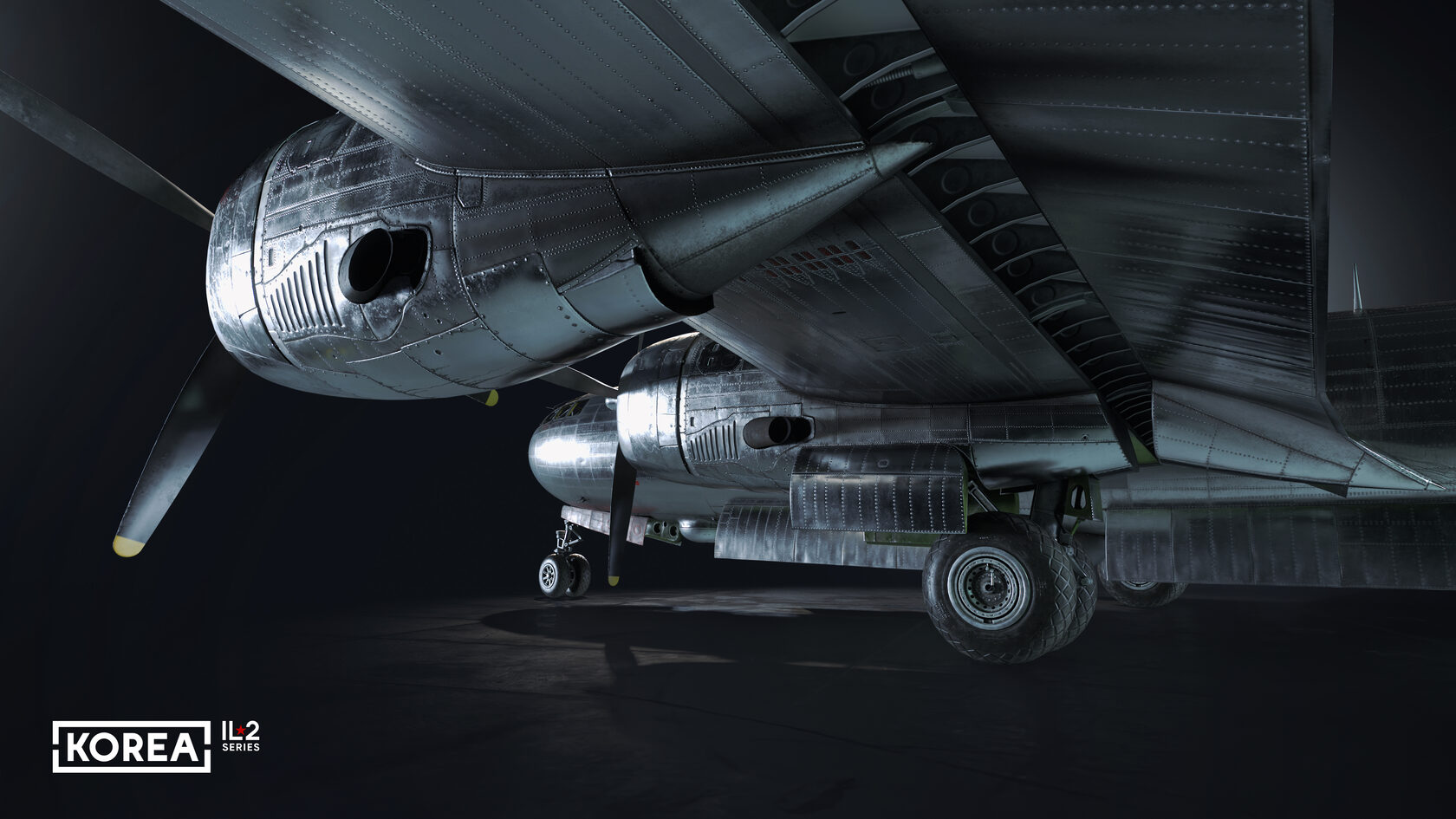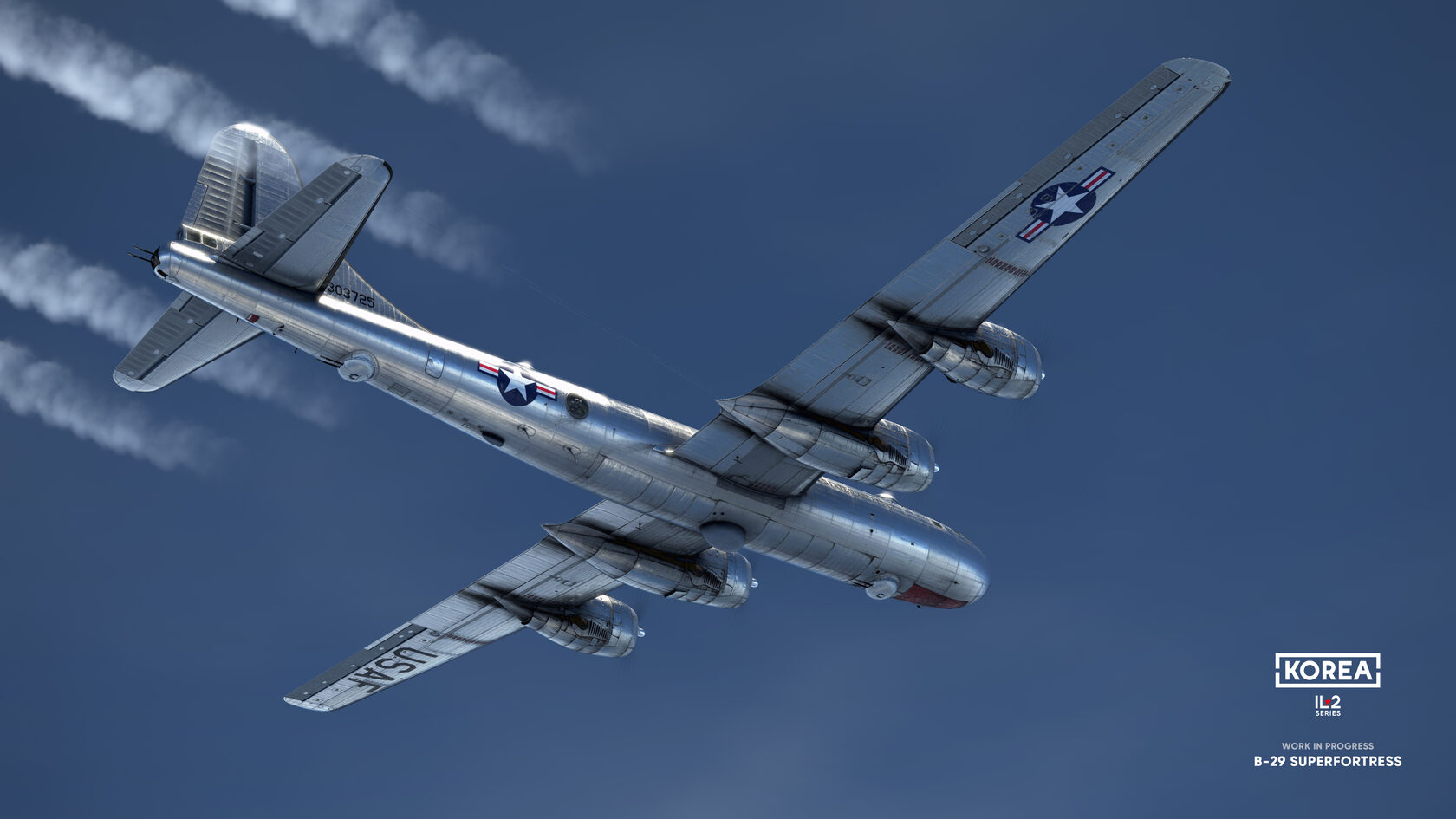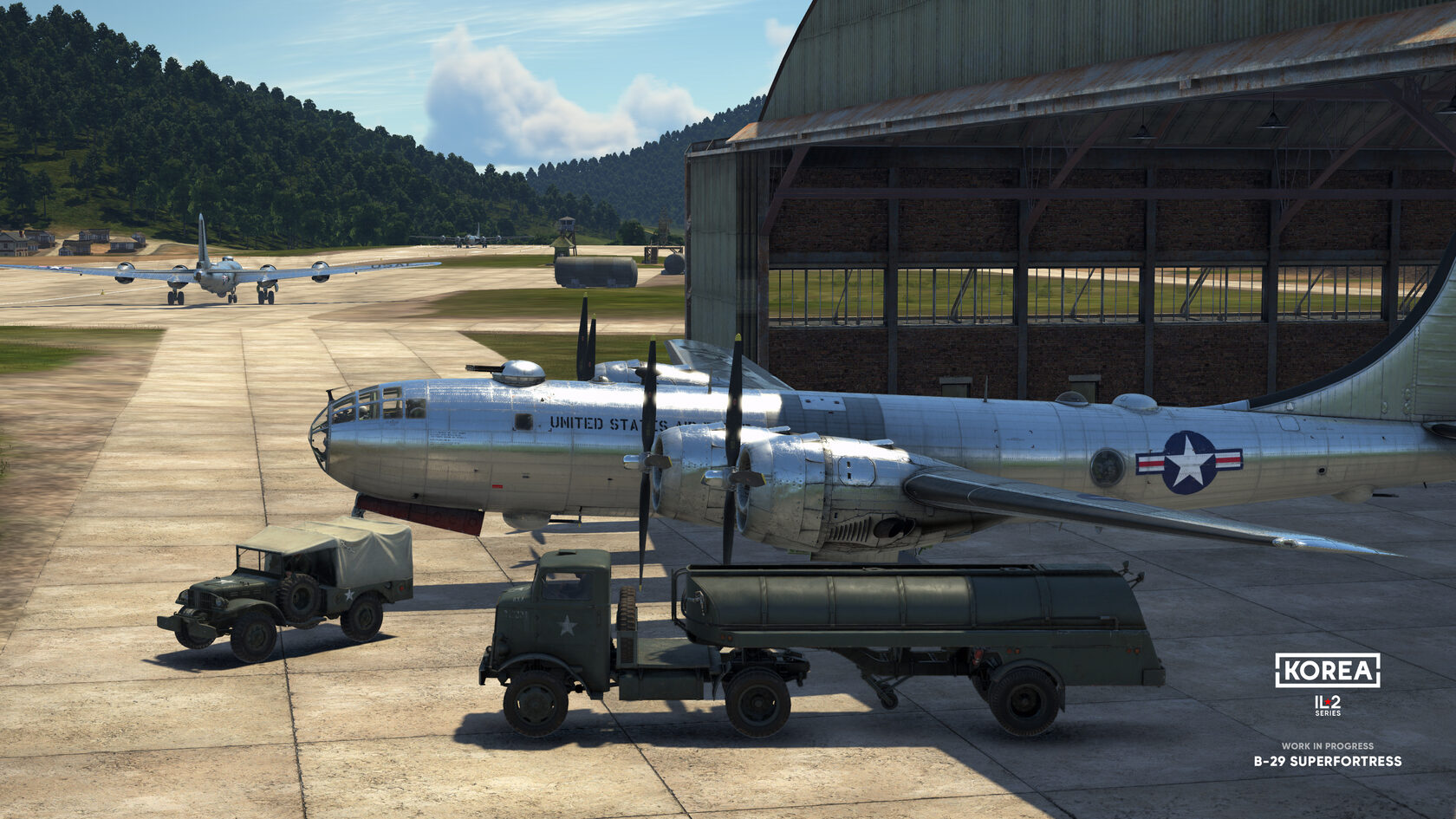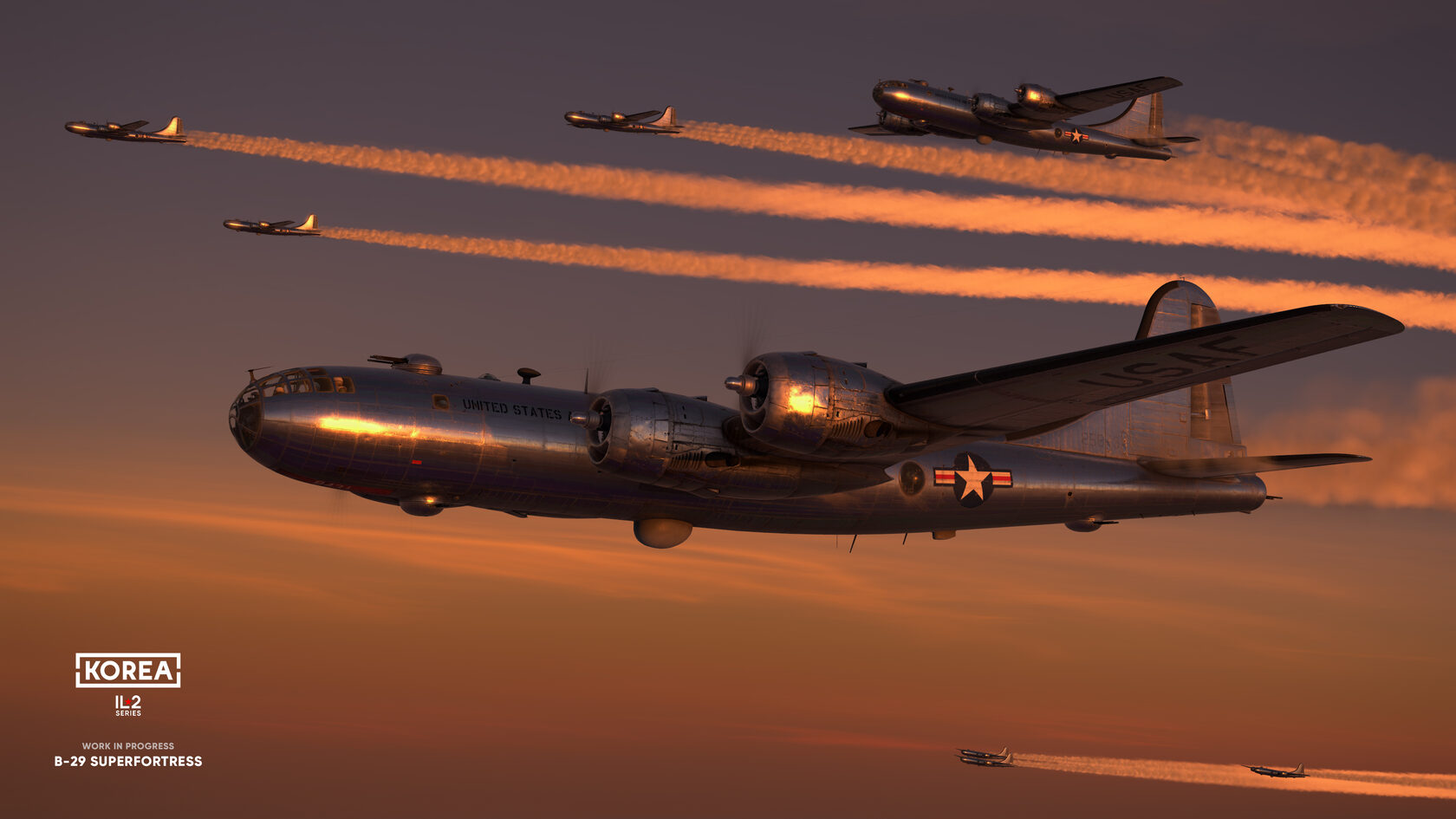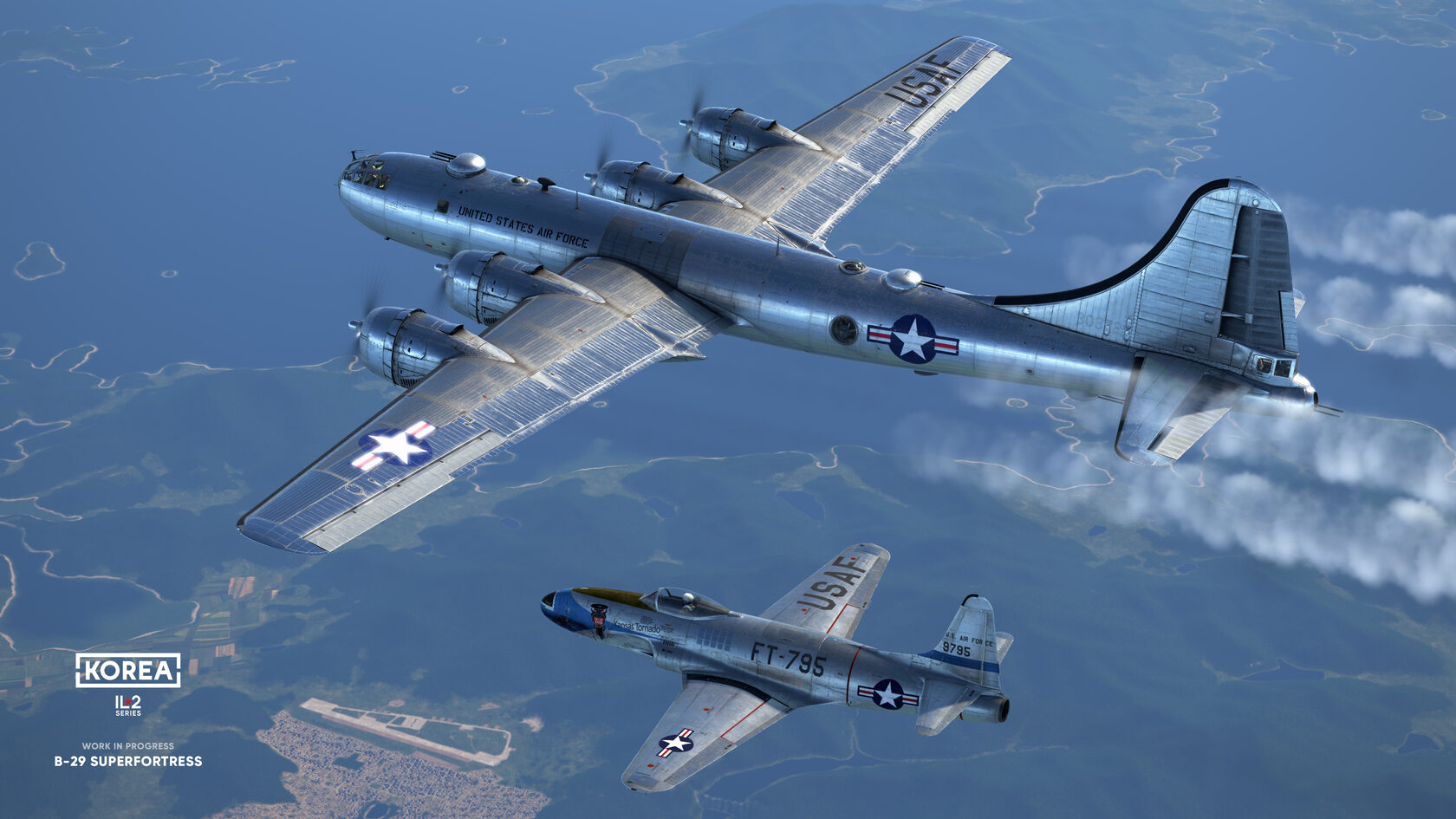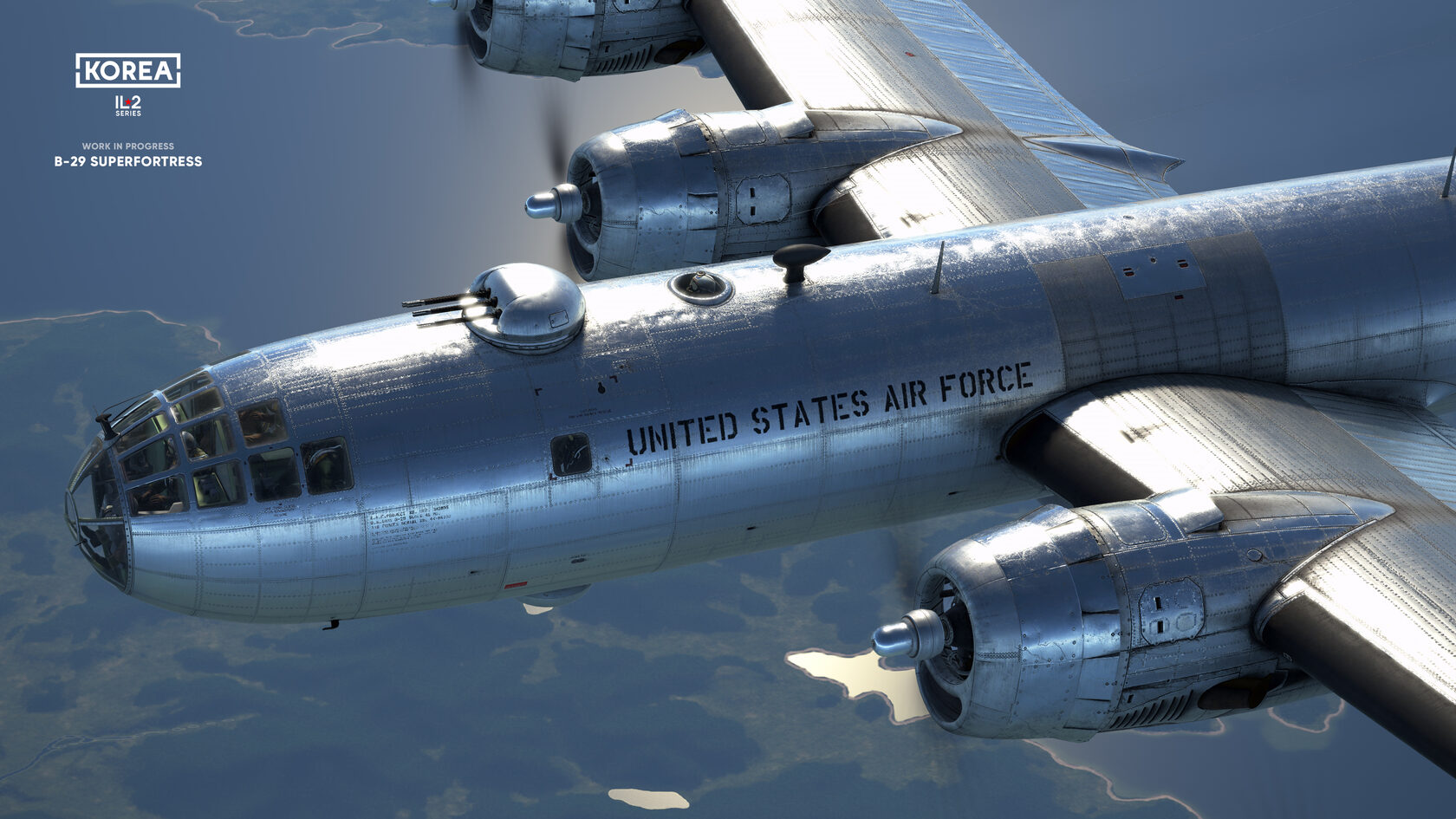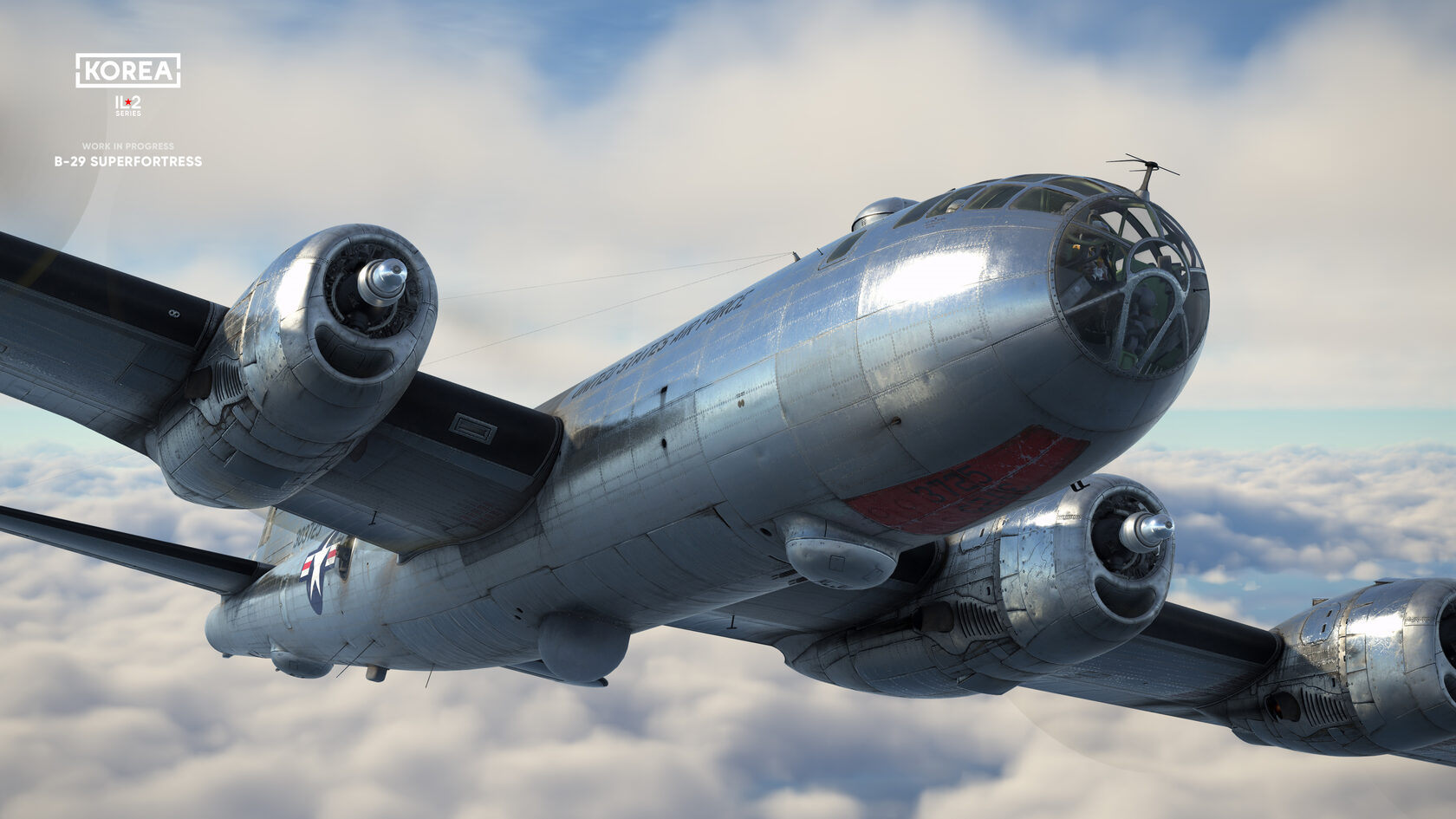Dev Blog #13
Dear friends,
We’ve probably bored you a bit with a series of diaries dedicated to the ground aspect of the simulator, so let’s get back to aviation this time. Our hero today is an American four-engine long-range bomber, the B-29 "Superfortress". This is truly a landmark aircraft, the first of a new class of combat aircraft — the strategic bomber. It was the first plane to use a new type of weapon — the atomic bomb — but that’s not the only thing it’s remarkable for.
We’ve probably bored you a bit with a series of diaries dedicated to the ground aspect of the simulator, so let’s get back to aviation this time. Our hero today is an American four-engine long-range bomber, the B-29 "Superfortress". This is truly a landmark aircraft, the first of a new class of combat aircraft — the strategic bomber. It was the first plane to use a new type of weapon — the atomic bomb — but that’s not the only thing it’s remarkable for.
The B-29 is equipped with a large number of the most advanced technical means and systems at the time of its creation. The plane’s airframe, built around a large forward pressurized cockpit, gives it away as a representative of a new era in aviation. The four Wright R-3350 Duplex-Cyclone 18-cylinder twin-turbocharged radial engines were among the most powerful and largest engines of World War II. Due to the extreme complexity of the design, the period of its refinement dragged on until 1944, and until the end of the war, the B-29 was used only in the Pacific theater. During the Korean War, these bombers were widely used and many famous episodes are connected with their actions.
The aircraft’s equipment included such high-tech systems at the time of its creation as the Norden automatic bombsight, a system of centralized control of defensive gun turrets, and radar for navigation, searching for ground targets, and guidance during bombing. In addition, because of its strategic range, a powerful radio communication system was installed. The aforementioned turret control system included a central computer that automatically calculated a firing solution for each of the firing points, and a gunner at one of the four control stations could fire simultaneously from four turrets.
In the large internal bomb bay, the aircraft could carry up to 9 tons of bombs (for short-range flights) or additional internal fuel tanks. It should be noted that for the use of nuclear weapons, the aircraft had to be modified, since the nuclear bombs of those years required preparation for dropping in the final stage of the approach to the target, and the dimensions of the first nuclear bombs did not allow to place them in the bomb bay without it being modified. In our project, we will implement a "non-nuclear" version of the aircraft, as this conflict was not marked by the use of this type of weapon.
It is important to note that the bomber in our project will be released in two versions — basic and simplified, visually identical. The basic version with a full flight and damage model, implemented at the level of all other aircraft in the game, will be used for scenarios where bombers are involved in a limited number and where the detail of the effect of combat on each of them is extremely important for the player. In missions where the bombers will be part of mass formations, a simplified physics and damage model will be applied to them, which will allow these mass formations to be represented with a sufficient level of performance. However, even the "simplified" bomber physics will not be "railgun" and it will participate in interactions with the rest of the world on a common physical basis. In general, the flight of a simplified aircraft will not differ from a normal aircraft until it takes damage — the detail will be somewhat lower, and the behavior of a damaged simplified aircraft will not reproduce the real situation as accurately as in a full simulation (but will remain very plausible).
The use of "simplified" physics especially for mass bombing formations is our discovery, because so far in various projects such a solution has been applied or not applied to all AI aircraft in the game at once. The same differentiated approach, where detailed calculations are applied to those AI planes which, according to the scenario, should perform active maneuvering or aerial combat, and simplified for those which should fly the route to the target, attack, and retreat (and continue to try to hold the formation even in case of attack, which corresponds to the tactics of bomber aviation in massive raids). We expect that this approach will allow us to significantly diversify the gameplay by implementing a new type of mission to repel mass raids or to cover bombers carrying out such a massive raid. Of course, this approach does not affect the believability and realism of the actual air battles with fighter planes, where the use of the same level of detail for AI planes as for human players' planes (without any simplifications) has been a key feature of our projects since the beginning of our team’s history.



